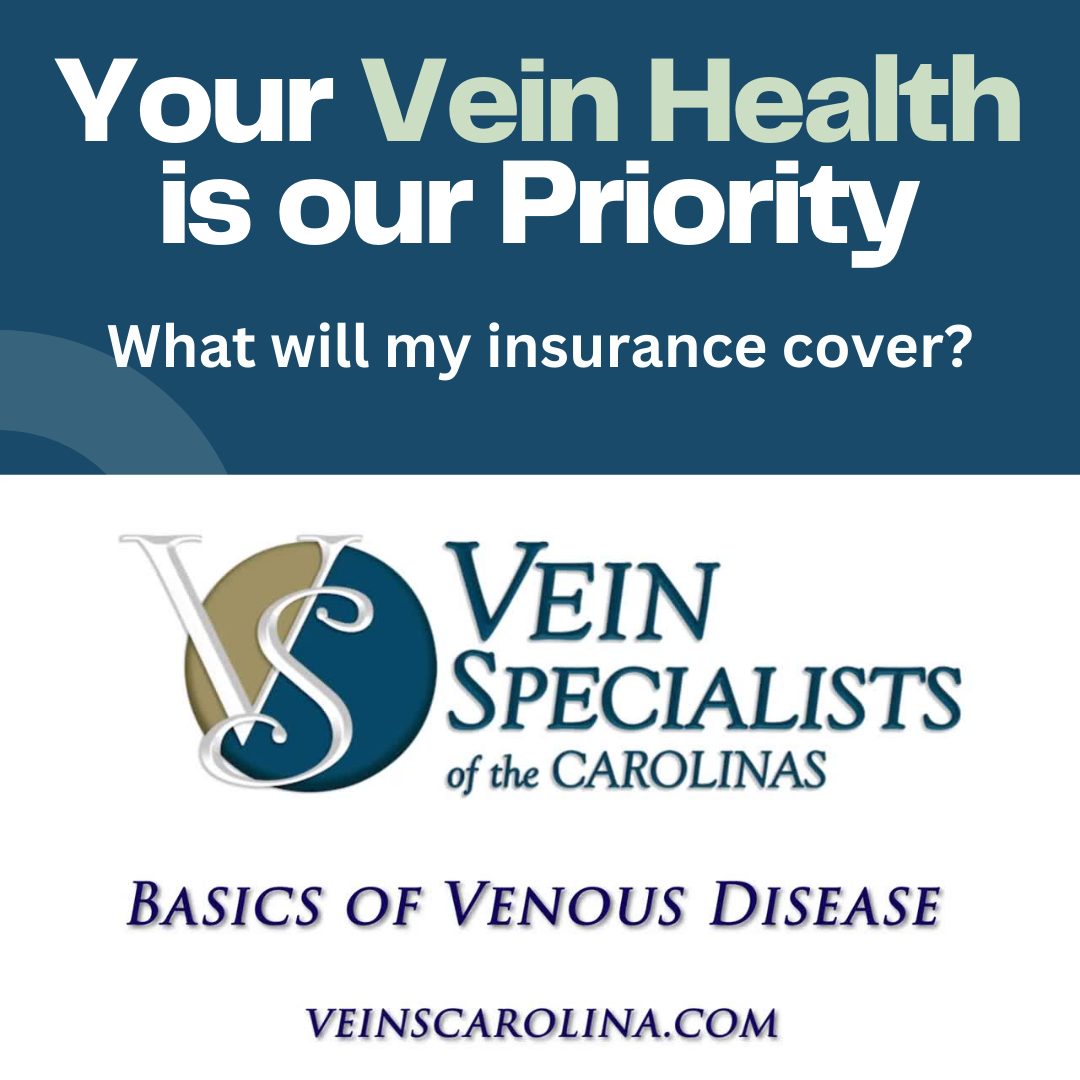Venous disease refers to a group of medical conditions that affect the veins, which are blood vessels responsible for returning deoxygenated blood from the body’s tissues back to the heart.
These conditions can range from mild and cosmetic concerns, such as varicose veins, to more serious and potentially life-threatening conditions like deep vein thrombosis (DVT). Understanding the basics of venous disease can help you recognize symptoms, seek appropriate medical care, and take preventive measures. Here are some key points to consider:
- Anatomy of Veins:
- Veins are part of the circulatory system and work in conjunction with arteries to ensure proper blood circulation throughout the body.
- Veins have thinner walls compared to arteries and contain one-way valves that prevent blood from flowing backward.
- Common Venous Diseases:
- Varicose Veins: These are enlarged, twisted, and often bulging veins, most commonly found in the legs. They result from weakened vein walls and valves, causing blood to pool.
- Spider Veins: These are smaller, web-like clusters of veins visible just under the skin’s surface, often found on the legs or face.
- Deep Vein Thrombosis (DVT): DVT occurs when a blood clot forms in a deep vein, typically in the legs. This condition can be life-threatening if the clot breaks free and travels to the lungs, causing a pulmonary embolism.
- Chronic Venous Insufficiency (CVI): CVI is a progressive condition in which damaged valves in the leg veins impair blood flow back to the heart, leading to symptoms like leg swelling, pain, and skin changes.
- Risk Factors:
- Several factors increase the risk of developing venous disease, including a family history of the condition, obesity, pregnancy, prolonged sitting or standing, and aging.
- In the case of DVT, additional risk factors include surgery, immobilization, and certain medical conditions like cancer or clotting disorders.
- Symptoms:
- Symptoms of venous disease can vary depending on the specific condition but may include pain, swelling, heaviness, aching, cramping, itching, and skin changes (such as discoloration or ulcers).
- In the case of DVT, symptoms may include pain, warmth, redness, and swelling in the affected leg.
- Diagnosis:
- A Vein Specialist may diagnose venous disease through a physical examination, medical history review, and imaging tests such as ultrasound or venography.
- Treatment and Management:
- Treatment options for venous disease depend on the severity and type of condition. Common approaches include lifestyle changes, compression stockings, medications, and minimally invasive procedures.
- Lifestyle changes may include weight management, regular exercise, elevation of the legs, and avoiding prolonged periods of sitting or standing.
- Surgical interventions, such as vein stripping or endovenous ablation, are considered for more severe cases.
- Prevention:
- To reduce the risk of venous disease, maintain a healthy lifestyle, manage risk factors, and follow the vein specialist’s recommendations.
- If you have a history of venous disease or risk factors, consider wearing compression stockings and taking breaks to move and stretch if you sit or stand for long periods.
If you suspect you have venous disease or experience symptoms associated with it – contact VSC today. Early diagnosis and appropriate management can help prevent complications and improve your overall vascular health.
“All We Do Is Veins, All Day Every Day.”
#VenousDisease #VeinSpecialist #VaricoseVeins #SpiderVeins #VeinTreatment #HealthyVeins #DrDraughn #CirculatorySystem #MedicalCompression #VenousReflux #VenousInsufficiency


